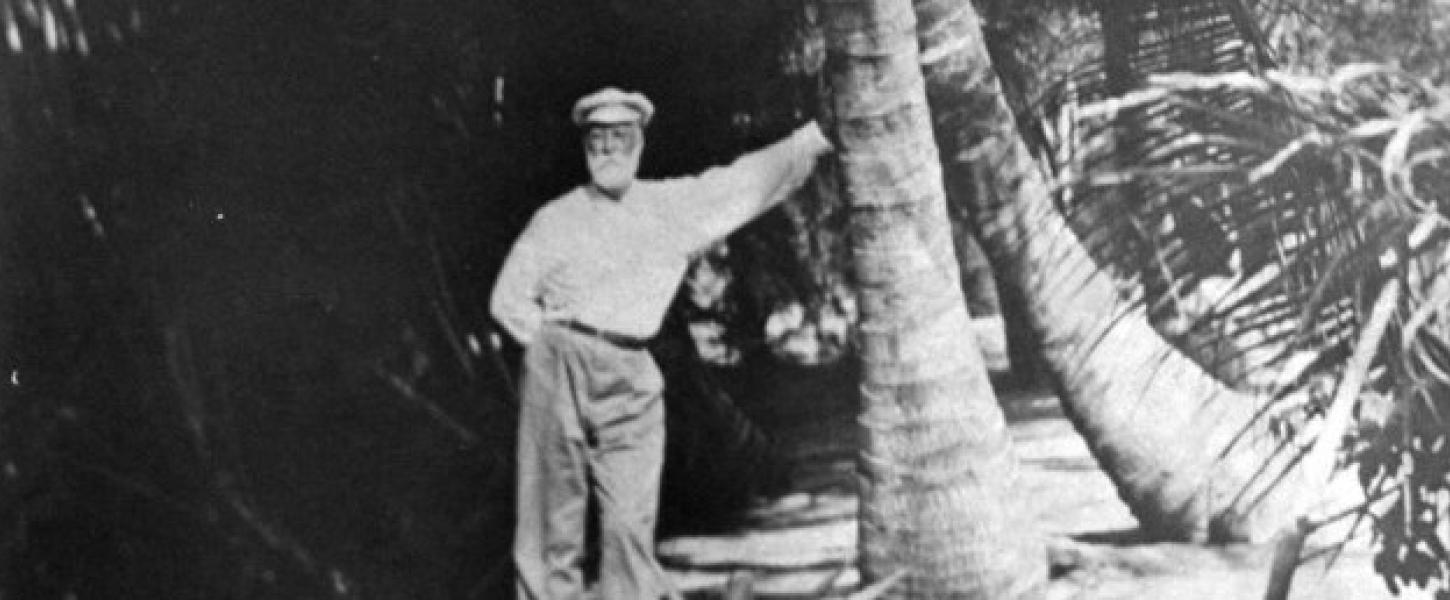History of the Land at Hugh Taylor Birch

When Hugh Taylor Birch purchase the land that is now the state park, naysayers could not foresee the economic significance of owning a piece of the barrier island. The sandy soil made it unsuitable for farming, storms eroded the land and there was little fresh water.
The first recorded human visitors to this shore were the early Tequesta Indians, who came in search of food but usually did not remain in the area for long. Probably the first people to live on the beach were the soldiers of the Second Seminole War, who came in 1839 to establish the second Fort Lauderdale near the New River, less than 2 miles south of where the park is today. It was abandoned in 1842 but then opened again briefly in 1856 to 1857. In 1876, at the site of the old fort, the government built one of the houses of refuge (New River House of Refuge) along these isolated beaches to help survivors of shipwrecks.
The island’s first permanent resident, Washington Jenkins, lived as the first keeper of the House of Refuge. He and his successors were all alone until Hugh Taylor Birch came to the area in 1893 in search of a winter home and with a friend, John McGregor Adams, purchased 3 miles of the island for a total cost of $3,500. Birch eventually divided their holdings, and he settled a little farther north in a cottage that was built for him on what is now Granada Street.
Birch sold much of his land during the boom in the 1920s. Later, he donated the right-of-way for Sunrise Boulevard, ceded land for Highway A-1-A, and leased or gave most of the beach he owned to the city. He moved again, into what is now called the Bonnet House, located south of Sunrise Boulevard on a 35-acre tract of land, but in 1940, built a new home for him on the property that is now the state park. In March 1942, then Governor Spessard Holland was presented a deed by Mr. Birch for the property that would be turned over to the state of Florida upon his death. He continued to make additional alterations to the land until his death on Jan. 7, 1943. After his death, the State took possession of the property.
Both the old farmland and barrier island property have changed drastically in just one man’s lifetime, from a natural wild Florida to a large block of urban landscape. Hugh Taylor Birch State Park, following Birch’s original vision, preserves a natural and wild area of the island for the protection of wildlife and the enjoyment of the public. Today, Birch’s home, the Terramar House, is an interpretive center and museum that tells the story of this beautiful place.